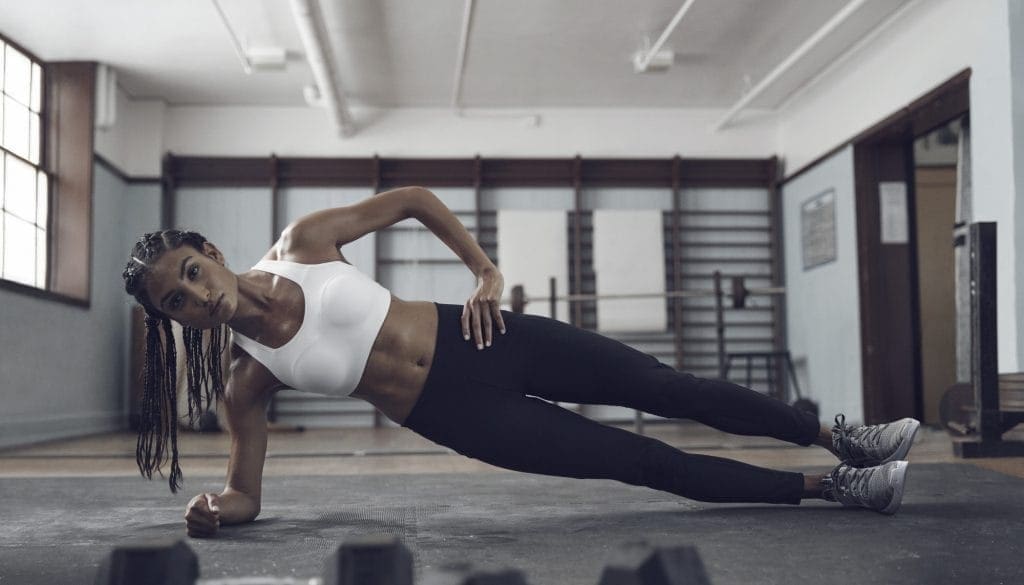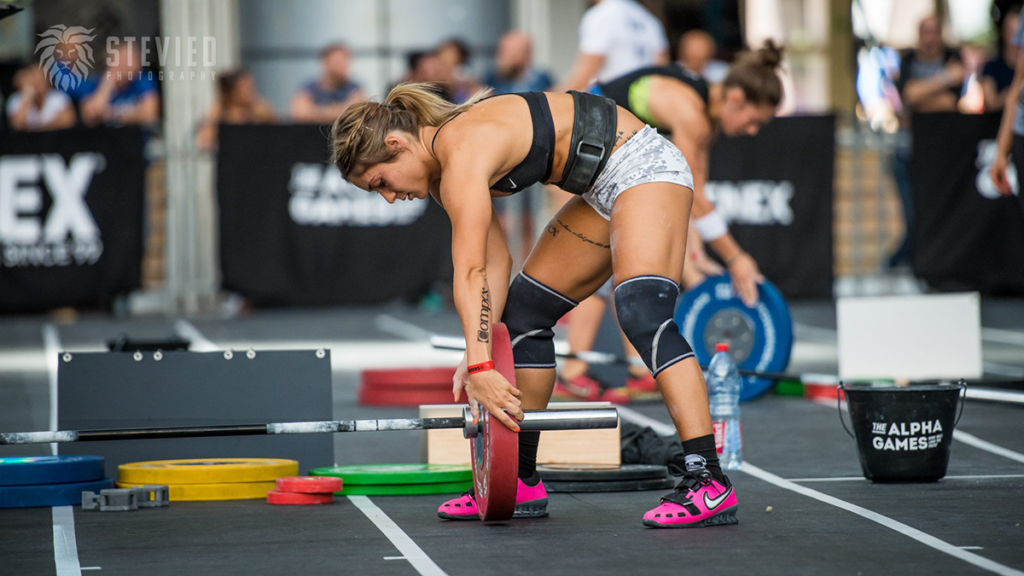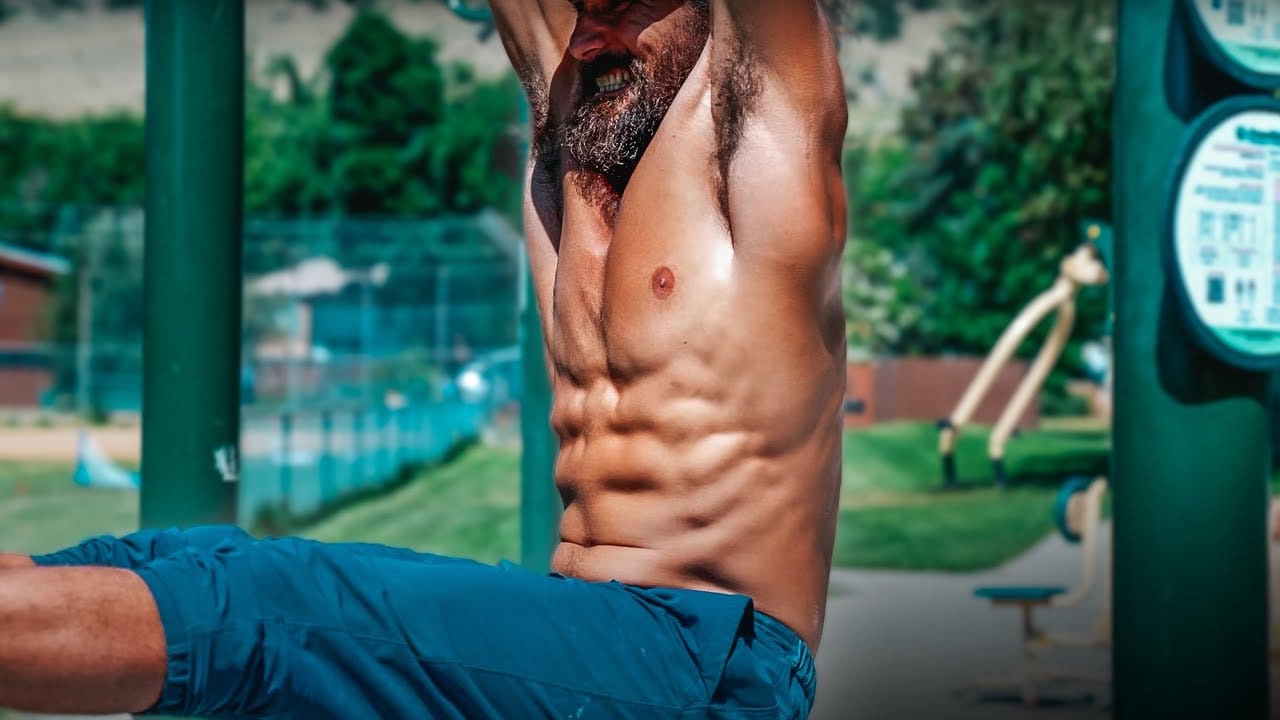Add these effective core exercises into your training.
“In his years of studying the spine, Dr. Stuart McGill has found there to be three specific exercises that most efficiently address all of these areas without placing excessive stresses on the parts of the back that may be aggravated or irritated due to injury. This group of exercises has famously become known as ‘The Big 3.’”
1) Curl-Up
2) Side Plank
3) Bird-Dog
What are the Advantages of a Strong Core?
Having a strong core provides numerous benefits, both in terms of physical health and overall well-being. Here are some of the advantages of having a strong core:
- Improved posture: A strong core helps keep your spine in proper alignment, which can help improve your posture.
- Reduced risk of injury: A strong core can help you maintain stability and balance, reducing your risk of falling or injuring yourself during physical activity.
- Improved athletic performance: A strong core is essential for many athletic activities, including running, jumping, and lifting weights.
- Better balance: A strong core helps improve your balance and stability, making it easier to perform everyday activities and reducing your risk of falls.
- Reduced back pain: A strong core can help alleviate back pain by providing support for your spine and improving your posture.
- Increased flexibility: A strong core can help improve your flexibility and range of motion.
- Improved breathing: A strong core can help improve your breathing by giving your diaphragm and other respiratory muscles a stable base from which to work.
- Enhanced digestion: A strong core can help improve digestion by promoting good posture and reducing pressure on the digestive organs.
Overall, a strong core is essential for maintaining good health and enjoying a high quality of life.
What are the Muscles of the Core?
The core muscles are a complex group of muscles that work together to provide stability, support, and movement to the trunk of the body. The major muscles of the core include:
Rectus Abdominis: This is the most well-known core muscle. It is a long, flat muscle that runs vertically along the front of the abdomen, commonly referred to as the “six-pack” muscles. It flexes the spine, helping to bring the chest towards the pelvis.
 Source: Stevie D Photography
Source: Stevie D PhotographyTransverse Abdominis: This is a deep muscle that lies beneath the rectus abdominis. It wraps around the sides of the abdomen, providing stability and compression to the abdominal contents. It is often referred to as the body’s natural corset.
Internal and External Obliques: These are muscles located on the sides of the abdomen, with fibres that run diagonally. The internal obliques run in the opposite direction of the external obliques. Together, they assist with rotating and bending the torso.
Multifidus: This is a group of small muscles that run along the spine. They provide stability and support to the vertebral column and help with spinal extension, rotation, and lateral bending.
Erector Spinae: This muscle group is located on either side of the spine, extending from the neck to the lower back. It helps maintain an upright posture and assists with back extension.
Diaphragm: Although not commonly associated with the core, the diaphragm is a dome-shaped muscle that separates the chest cavity from the abdominal cavity. It plays a crucial role in breathing and core stabilization by coordinating with the deep abdominal muscles.
Pelvic Floor Muscles: These muscles form a sling-like structure at the base of the pelvis. They provide support to the pelvic organs and play a role in urinary and bowel control. Strengthening the pelvic floor muscles is important for core stability.
Hip Muscles: The hip muscles, including the hip flexors, hip extensors, hip abductors, and hip adductors, are also considered part of the core. They connect the trunk to the lower extremities and contribute to core stability, posture, and movement.
It’s important to note that the core is not limited to these specific muscles but involves the integration and coordination of multiple muscles throughout the trunk and pelvis.
Video – The 3 Best Core Exercises
1. Curl Up
The curl-up is a core exercise that specifically targets the rectus abdominis muscle (the “six-pack” muscle) and also engages the hip flexors. Here’s how to perform a curl-up:
- Start by lying on your back on a mat or a comfortable surface with your knees bent and feet flat on the floor. Keep your arms relaxed by your sides, palms facing down.
- Engage your core muscles by gently drawing your belly button toward your spine. This helps stabilize your lower back throughout the exercise.
- Place your fingertips lightly behind your ears or cross your arms over your chest, whichever feels more comfortable for you.
- Slowly lift your head, shoulder blades, and upper back off the floor. As you lift, focus on curling forward rather than just lifting straight up. Imagine bringing your chest toward your knees.
- Keep your lower back in contact with the floor throughout the movement. Avoid excessive arching or rounding of the lower back.
- Pause for a moment at the top of the movement, feeling the contraction in your abdominal muscles.
- Slowly lower your upper body back down to the starting position with control, maintaining engagement in your core.
- Repeat the movement for the desired number of repetitions.
It’s important to perform the curl-up exercise with proper form and control. Avoid straining your neck by pulling on it with your hands or jerking your head forward. Focus on using your abdominal muscles to initiate the movement, rather than relying on momentum or excessive strain from the neck or hip flexors.
As with any exercise, it’s always a good idea to consult with a fitness professional or a healthcare provider before starting a new exercise program, especially if you have any pre-existing conditions or concerns.
2. Side Plank
The side plank exercise is a variation of the traditional plank that primarily targets the muscles on the side of the body, including the obliques and the deep stabilizing muscles. Performing side planks offers several benefits:
Core strength: Side planks engage the entire core, including the obliques, transverse abdominis, and back muscles. By holding the body in a stable side position, these muscles work together to provide stability and improve overall core strength.
 Source: Unsplash
Source: UnsplashImproved posture: Side planks help strengthen the muscles that support proper spinal alignment. By strengthening the core and the muscles around the spine, side planks can contribute to better posture and reduce the risk of developing postural imbalances or back pain.
Increased stability and balance: The side plank challenges your stability by placing you in an asymmetrical position. By training your body to maintain stability on one side, you improve your overall balance and body control.
Enhanced sports performance: Side planks target the muscles responsible for rotational movements, which are crucial for sports such as golf, tennis, baseball, and basketball. By strengthening these muscles, you can improve your performance and reduce the risk of injuries associated with rotational movements.
Injury prevention: A strong core is essential for injury prevention in various physical activities. Side planks help stabilize the spine, hips, and shoulders, reducing the risk of lower back pain, hip injuries, and shoulder instability.
Functional fitness: The muscles targeted in side planks are important for everyday movements, such as lifting, twisting, and reaching. By strengthening these muscles, you enhance your ability to perform daily tasks with ease and reduce the risk of strain or injury.
Increased mind-body connection: Side planks require focus and concentration to maintain proper form and balance. By practicing side planks, you can improve your mind-body connection, enhancing overall body awareness and control.
3. Bird Dog
The Bird Dog exercise is a compound exercise that targets multiple muscles groups simultaneously. It primarily focuses on the core muscles, particularly the deep stabilizers, but also engages several other muscles throughout the body. Here are the main muscles worked during the Bird Dog exercise:
- Core Muscles: The Bird Dog exercise activates the deep core muscles, including the transverse abdominis and multifidus, which provide stability and support to the spine and pelvis.
- Erector Spinae: These muscles run along the spine and help maintain an upright posture. During the Bird Dog exercise, they work to stabilize the spine and prevent excessive movement.
- Glutes (Gluteus Maximus): The Bird Dog exercise requires hip extension, which activates the glute muscles. The gluteus maximus is the largest muscle in the buttocks and plays a significant role in stabilizing the hips and supporting the lower back.
- Hamstrings: The hamstrings, located at the back of the thighs, are also engaged during the Bird Dog exercise. They work to stabilize the knee joint and assist with hip extension.
- Shoulders and Upper Back: The Bird Dog exercise requires stability in the shoulders and upper back to maintain balance. The muscles involved in this stabilization include the trapezius, rhomboids, and deltoids.
- Scapular Stabilizers: The muscles responsible for stabilizing the shoulder blades, such as the serratus anterior and the rotator cuff muscles, are activated during the Bird Dog exercise to maintain proper alignment and control.
- Hip Flexors: The hip flexor muscles, including the iliopsoas and rectus femoris, are engaged when lifting the leg during the Bird Dog exercise. They help initiate and control hip flexion.
The Bird Dog exercise is an effective way to strengthen the core, improve balance, and enhance overall body stability. It provides a comprehensive workout for multiple muscle groups, promoting functional strength and coordination.
How Does a Strong Core Help to Prevent Injury?
A strong core plays a crucial role in preventing injury by providing stability, support, and proper movement mechanics throughout the body. Here are some ways in which a strong core helps prevent injury:
Enhanced stability and balance: A strong core helps stabilize the spine and pelvis, which are the central hubs of the body. By improving stability and balance, a strong core reduces the risk of falls and instability-related injuries.
Improved posture: Core muscles help maintain proper alignment of the spine, which promotes good posture. By keeping the spine in a neutral position, a strong core reduces the strain on other structures, such as the muscles, joints, and ligaments, decreasing the risk of overuse injuries.

Injury prevention during physical activity: Whether you’re engaged in sports, weightlifting, or any physical activity, a strong core assists in generating and transferring force effectively. It helps distribute forces throughout the body, reducing the risk of localized stress on specific joints or muscles that could lead to injury.
Spinal support and reduced back pain: The core muscles, including the deep stabilizers, support the spine, reducing the risk of spinal misalignment and excessive stress on the spinal discs. A strong core helps alleviate back pain and prevent common issues like herniated discs or muscle strains.
Proper movement mechanics: The core acts as a stable base from which movements originate. A strong core ensures proper movement mechanics and optimal muscle activation patterns during activities like lifting, twisting, or reaching. This reduces the strain on other joints and muscles, minimizing the risk of injury.
Injury prevention during rotational movements: Many sports and activities involve rotational movements, such as swinging a golf club or throwing a ball. A strong core provides stability and control during these movements, reducing the risk of rotational injuries and improving overall performance.
Injury prevention in daily activities: A strong core helps with everyday movements, such as bending, lifting, and carrying objects. It provides stability and support to the spine, reducing the risk of strains or sprains during common daily tasks.
It’s important to note that a strong core should be complemented by overall body strength, flexibility, and proper training techniques to maximize injury prevention. Incorporating a well-rounded exercise routine that includes core-strengthening exercises can contribute to overall fitness and reduce the likelihood of various injuries.
Dr. Stuart McGill?
Dr. Stuart McGill is a highly respected expert in the field of spine biomechanics and back pain. He is a retired professor of spine biomechanics at the University of Waterloo in Ontario, Canada. Dr. McGill has dedicated his career to researching and understanding the mechanics of the spine and developing evidence-based strategies for preventing and rehabilitating back pain.
His work focuses on studying the biomechanics of the spine, including the interplay between spinal discs, vertebrae, muscles, and ligaments. Dr. McGill’s research has provided valuable insights into the causes of back pain, spinal stability, and the development of effective rehabilitation and prevention strategies.
Dr. McGill has published numerous scientific articles and books, including “Low Back Disorders: Evidence-Based Prevention and Rehabilitation,” which is widely regarded as a leading resource in the field. His research and expertise have influenced clinical practice, athletic training, and rehabilitation programs worldwide.
Squat University
Squat University is a popular educational platform and online resource dedicated to providing information, guidance, and resources for individuals looking to improve their squat technique, address common squat-related issues, and optimize their performance in strength training and sports.
Squat University was founded by Dr. Aaron Horschig, a Doctor of Physical Therapy (DPT), strength and conditioning specialist, and competitive weightlifter. Dr. Horschig combines his expertise in physical therapy and strength training to offer evidence-based information on squat mechanics, injury prevention, rehabilitation, and overall performance optimization.
Through Squat University, Dr. Horschig shares his knowledge and experience through articles, videos, social media platforms, and his book titled “The Squat Bible.” His content covers various aspects related to squatting, including mobility, technique, programming, common mistakes, injury prevention, and corrective exercises.
The Squat University platform has gained popularity and a strong following among athletes, strength coaches, physical therapists, and fitness enthusiasts looking to improve their squat form and overcome limitations or issues associated with squatting. Dr. Horschig’s emphasis on proper movement mechanics, mobility, and injury prevention has made Squat University a valuable resource for individuals striving to optimize their squatting technique and overall physical performance.
Learn More
10 HIIT Exercises to Lose Belly Fat Faster
How to Use the Flat Dumbbell Bench Press to Build A Great Chest
How Many Exercises do you Need to Maximise Muscle Growth?
Image Sources
- abs workouts core: Stevie D Photography
- Side Plank: Unsplash
